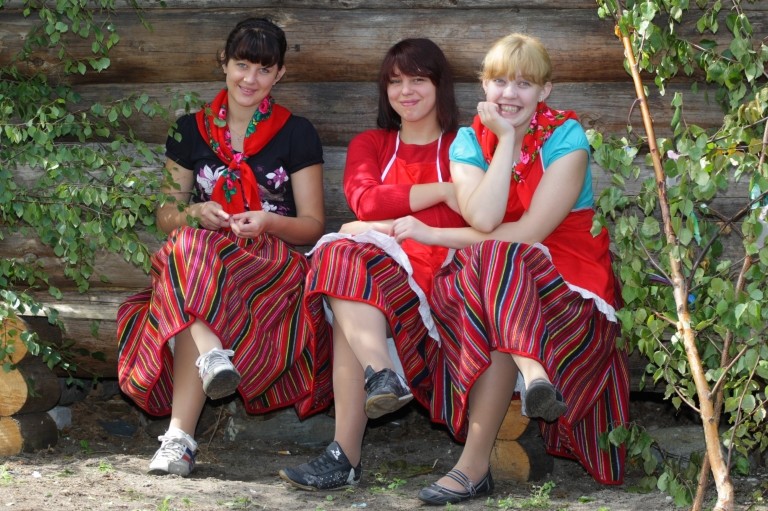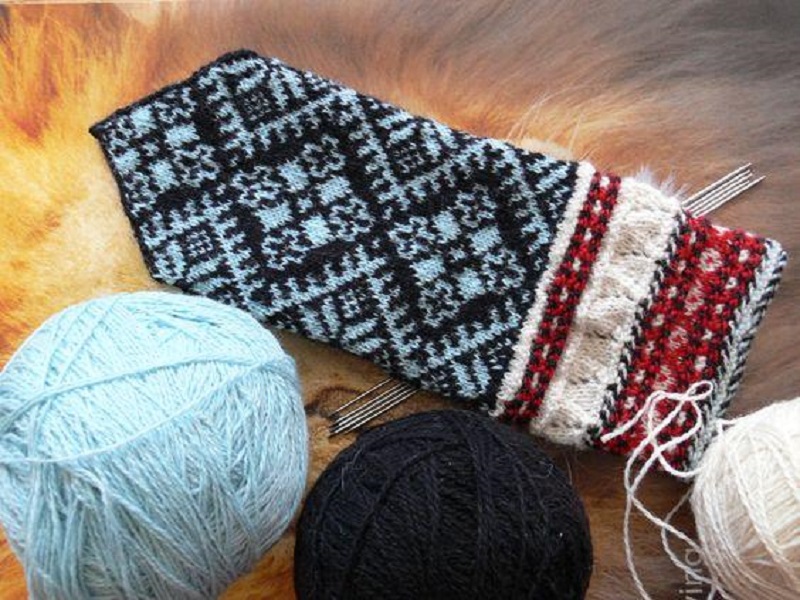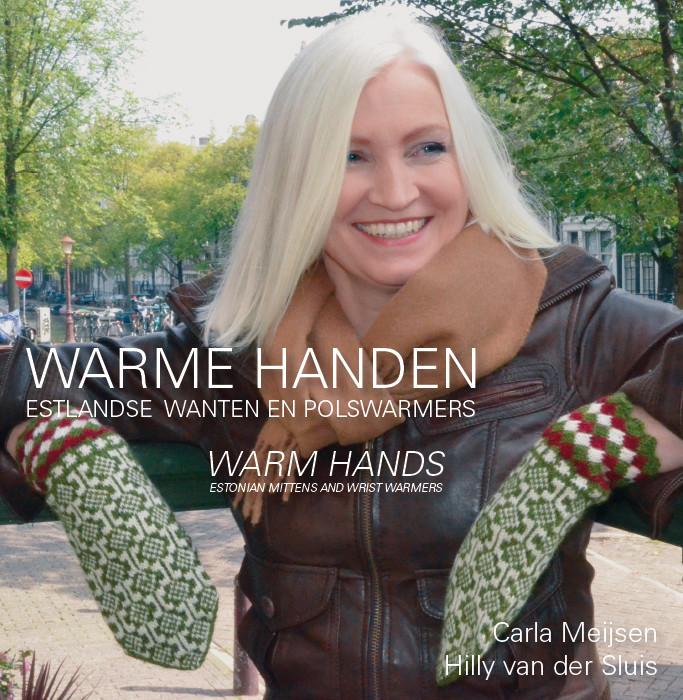In modern Estonia, (folk) traditions are still valued in both the country and city life. It’s therefore intriguing to discover that apart from the Estonians carrying out their own traditions, there are also others who carry out these Estonian traditions – such as The Dutch Knitters in the Netherlands.
Dutch Knitters
Among these traditions are the Estonian handicrafts: ceramics, (folkloric) costumes, woodworking, forging, jewellery, porcelain and knitwear. For several years, a group in the Netherlands, called The Dutch Knitters, has carried on the tradition of the latter.
The group even went as far as designing its own Estonian mittens, write a book about it – a joint English-Dutch version – and got invited to present the book at the largest Estonian handicraft and folkloric lifestyle event, St Martin’s Day Fair (Mardilaat).

The knitting seamen
Why is there a following of the Estonian knitwear traditions in the first place? Because Estonia is one of the most richly filled treasure troves of traditional knitting techniques.
Specifically, on the islands of Estonia, the knitwear is still very authentic. The motifs and colours used in the knitwear sometimes have an obvious connection with the costumes and jewellery, and other times the relation is less apparent.
On several islands, the knitted garments really stand out: unmistakable bright colours from the Muhu island (Muhu pink), the extraordinary motifs, with vivid stripes from the Kihnu island (a strong own identity) and the island of Saaremaa with some bright colours, but less outspoken.

Because of the sea, a lot of cultural exchange took place between the islands and other countries, some within close range (Visby in Sweden and the Åland islands in Finland) and some further away (Shetland islands in Scotland and the Faroe Islands, a self-governing archipelago, part of Denmark).
This was all a result of the knitwear which seamen took with them from overseas. On their long journeys, the seamen even knit their own garments.
On the mainland there are fewer differences between the several regions – patterns and motifs are more shattered.
In the southeast region, there are more similarities with Russian patterns compared with other parts of Estonia (for example, Setomaa has many Russian influences). However, no matter from which Estonian region the garments come from, originally it’s always sturdy fabric knitted from thin yarns.

“Warm Hands”
The idea of writing a Dutch book about Estonian knitwear didn’t just come out of nowhere. It all started with a book by Nancy Bush called “Folk Knitting in Estonia”.
After giving some workshops about the country’s knitting style (to get people acquainted with Estonian knitting), the idea by The Dutch Knitters of designing their own Estonian mittens arose. This led to several visits to Estonia, reading relevant books, meeting famous Estonian knitters and a visit to the Estonian National Museum in Tartu. The museum houses a large collection of antique mittens, including some of which are centuries old.
The process resulted in The Dutch Knitters designing 11 of their own patterns for mittens which make use of traditional Estonian motifs and techniques. These 11 designs (and two designs for wrist warmers) found their way into the book called “Warm Hands”, combined with background information on Estonian knitting.

Estonians are great knitters, so they only need a small part of the pattern and they know how to knit a mitten. In the book, the mittens are completely written out. Apart from this, the mittens have a Dutch touch: learning to knit in a traditional way, but more simple – although always with respect for the traditional, Estonian way.
More information on The Dutch Knitters, on the book Warm Hands and the stories about their trips to Estonia can be found on their website.

